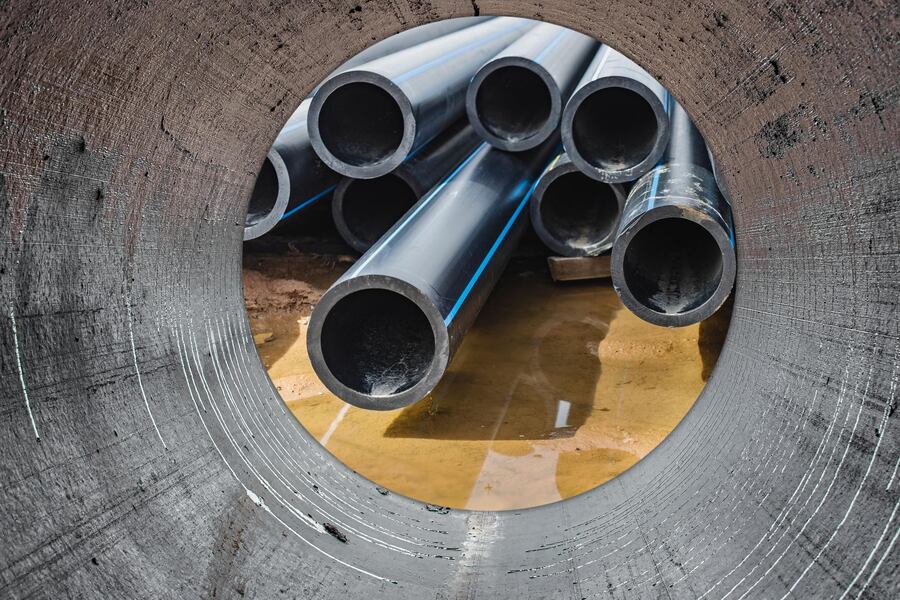Pros and Cons of Epoxy Lining
In the realm of plumbing repair services, innovations continually emerge to address the challenges of maintaining and upgrading aging infrastructure. One such innovation that has gained traction in recent years is epoxy lining, a technique used to rehabilitate and restore deteriorating pipes. While epoxy lining offers several benefits, it also comes with its own set of drawbacks. Let's delve into the pros and cons of epoxy lining to understand its implications for plumbing repair services.
Pros of Epoxy Lining
- Cost-Effective Solution: Epoxy lining is often more cost-effective than traditional pipe replacement methods. By avoiding the need for extensive excavation and pipe replacement, homeowners can save significantly on labor and material costs.
- Minimally Invasive: Unlike pipe replacement, which involves digging trenches and disrupting landscaping, epoxy lining is a minimally invasive process. Plumbers can access the plumbing system through existing access points, such as cleanouts or small access holes, minimizing disruption to the property.
- Durability: Epoxy lining creates a seamless, durable barrier within the existing pipes, effectively sealing cracks, leaks, and corrosion. The epoxy resin bonds to the interior surface of the pipes, providing long-term repiping protection against future damage and extending the lifespan of the plumbing system.
- Versatility: Epoxy lining can be applied to various types of piping materials, including copper, galvanized steel, and even certain types of plastic pipes. This versatility makes it suitable for a wide range of plumbing systems, providing a viable solution for many homeowners.
- Time-Efficient: Compared to traditional pipe replacement, which can take days or even weeks to complete, epoxy lining offers a quicker turnaround time. In many cases, the epoxy lining process can be completed within a day, minimizing inconvenience for homeowners.
Cons of Epoxy Lining
- Limited Application: While epoxy lining is suitable for certain types of pipe damage, it may not be suitable for all scenarios. Extensive structural damage or severely deteriorated pipes may require complete pipe replacement rather than epoxy lining.
- Temporary Solution: While epoxy lining provides a durable barrier against corrosion and leaks, it is not a permanent solution. Over time, the epoxy lining may degrade or develop issues, necessitating further repairs or replacement. When this happens, be sure to call a plumbing service for assistance.
- Preparation Requirements: Prior to applying epoxy lining, the interior of the pipes must be thoroughly cleaned and prepared. This process can be time-consuming and may require specialized equipment and expertise.
- Potential Health Concerns: Some epoxy lining materials may contain chemicals that could pose health risks if not handled properly. It's essential for plumbers and homeowners to follow safety protocols and ensure proper ventilation during the epoxy lining process.
- Compatibility Issues: Epoxy lining may not be compatible with certain types of piping materials or existing plumbing configurations. Plumbers must assess the specific needs of each plumbing system to determine the feasibility of epoxy lining as a repair solution.
Consult with a Professional
Epoxy lining offers several advantages as a cost-effective, minimally invasive solution for repairing and restoring aging plumbing systems. However, it's essential to weigh these benefits against the potential drawbacks and limitations of the process. For homeowners considering epoxy lining as a plumbing repair solution, consulting with a qualified plumber at Texas Rooter who specializes in epoxy lining services is recommended. By evaluating the unique needs of your plumbing system and weighing the pros and cons of epoxy lining, you can make an informed decision that ensures the longevity and functionality of your plumbing infrastructure.
